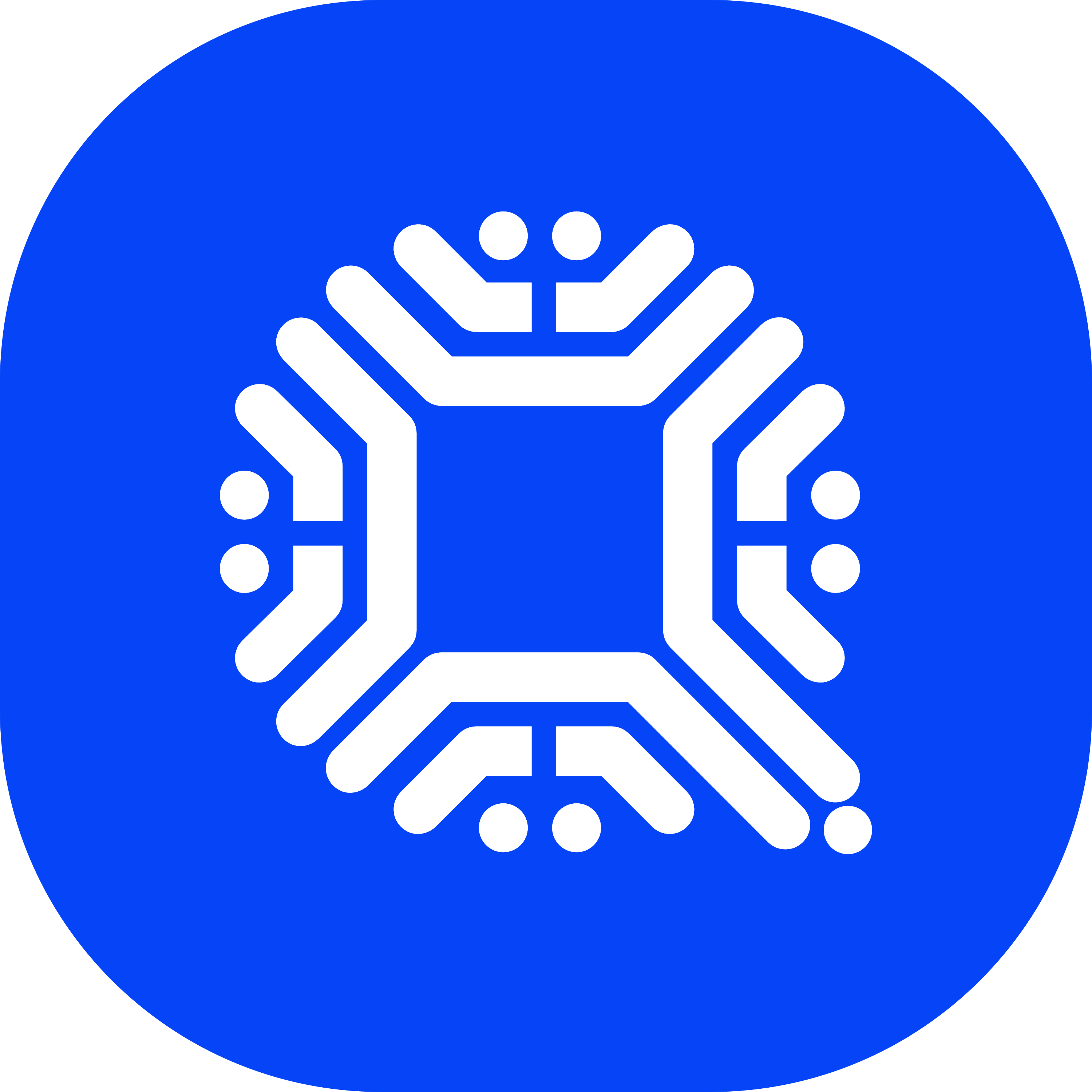







































AI Content Detector: What It Is and How It Works
 AI
AI
 0XSEARCH
0XSEARCH
 TOP
TOP
 CRED
CRED
AI Content Detector: What It Is and How It Works
Introduction
With the rise of AI-generated content from tools like ChatGPT, Bard, and Jasper, the need for reliable AI content detectors has grown. These tools analyze text to determine whether it’s written by a human or AI. Whether you’re an educator, marketer, or content creator, understanding how AI content detectors work can help ensure content authenticity and compliance.
What Is an AI Content Detector?
An AI content detector is a software tool that uses algorithms to analyze text and assess whether it was likely generated by artificial intelligence. These tools scan patterns in language, sentence structure, and repetition, comparing them to databases of known AI-generated content styles.
How AI Content Detectors Work
1. Linguistic Pattern Analysis:
AI detectors identify repetitive patterns, overly formal sentence structures, or statistically common phrasing often found in AI-generated text.
2. Probability Scoring:
Detectors assign a percentage or confidence score, indicating the likelihood that the text was generated by an AI model.
3. AI Model Databases:
Some tools compare content against known outputs from models like GPT, GPT-4, and other generative AI systems.
4. Contextual Understanding:
Advanced detectors evaluate context and coherence to identify discrepancies typical of AI-generated content.
Top AI Content Detectors to Use
1. Originality.AI:
- Best For: Content creators and educators.
- Features: High accuracy in detecting GPT-based content; plagiarism detection included.
- Pricing: Paid plans with affordable rates for heavy users.
2. GPTZero:
- Best For: Educators and institutions.
- Features: Free tool with confidence scores and sentence-by-sentence analysis.
- Why It’s Popular: Easy to use and reliable for academic content.
3. Copyleaks AI Detector:
- Best For: Businesses and marketers.
- Features: Detects AI-generated content from multiple sources, including ChatGPT and GPT-4.
- Pricing: Subscription plans with scalable options.
4. Content at Scale Detector:
- Best For: SEO professionals.
- Features: Designed for long-form content detection, ensuring compliance with search engine guidelines.
- Free Use: Offers limited free scans.
5. Writer.com AI Detector:
- Best For: Teams and businesses.
- Features: Identifies AI-generated text while ensuring compliance with organizational writing standards.
Who Needs an AI Content Detector?
1. Educators and Institutions:
To verify the originality of student assignments and avoid academic dishonesty.
2. Content Creators:
To ensure text aligns with branding and human-like language standards.
3. Marketers:
To comply with SEO guidelines, as search engines may prioritize authentic, human-generated content.
4. Recruiters:
To evaluate application materials or work samples for originality and effort.
Benefits of Using AI Content Detectors
1. Improved Content Authenticity:
Ensures content is human-like and aligns with brand voice or academic standards.
2. Plagiarism and AI Detection:
Many tools combine plagiarism checks with AI detection for comprehensive content analysis.
3. Ethical Compliance:
Maintains integrity in education, marketing, and professional writing by discouraging overreliance on AI.
4. SEO Compliance:
Search engines may penalize content flagged as fully AI-generated, making detection tools essential for rankings.
Limitations of AI Content Detectors
1. False Positives:
Some tools may incorrectly flag human-written content as AI-generated.
2. Adaptability of AI Models:
As AI tools like GPT evolve, they produce more human-like text, making detection harder.
3. Reliance on Databases:
Detectors may struggle with text styles or languages not well-represented in their training datasets.
4. Context Matters:
AI detectors may overlook nuanced writing styles that mimic human creativity.
How to Use AI Content Detectors Effectively
1. Combine Tools:
Use multiple detectors for cross-verification to improve accuracy.
2. Verify High-Stakes Content:
Run important documents, like academic papers or SEO content, through detectors to ensure compliance.
3. Educate Writers:
Encourage writers to focus on authentic, engaging content to minimize reliance on AI.
Conclusion
As AI-generated content continues to proliferate, AI content detectors are becoming invaluable tools for ensuring originality and authenticity. While these tools offer remarkable insights, understanding their limitations and applying them thoughtfully will yield the best results. Whether you’re an educator, marketer, or professional, leveraging AI detection tools can safeguard your content’s quality and compliance.
To explore more on ensuring content authenticity, check out our guide on how AI impacts digital content creation

